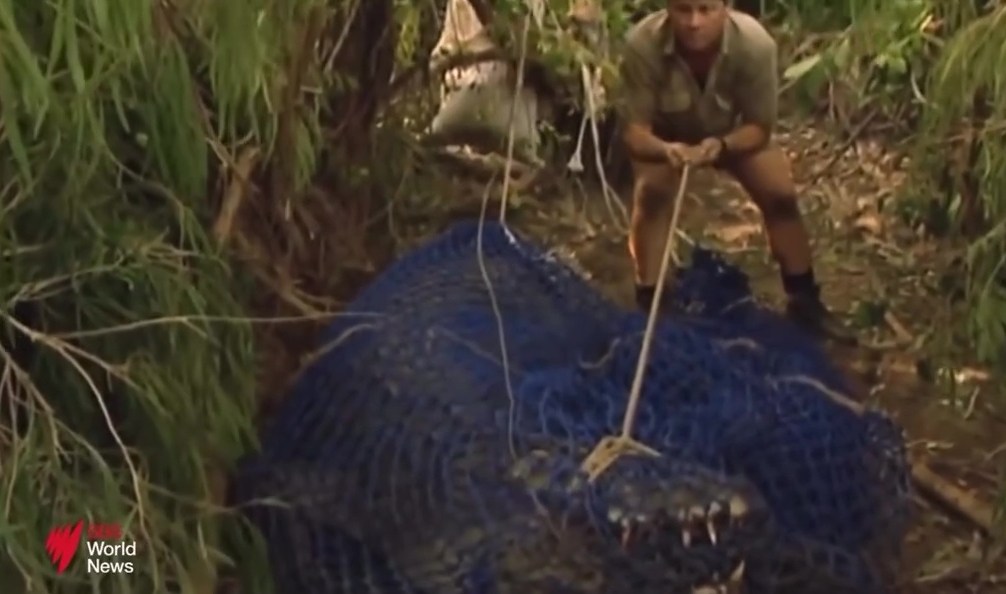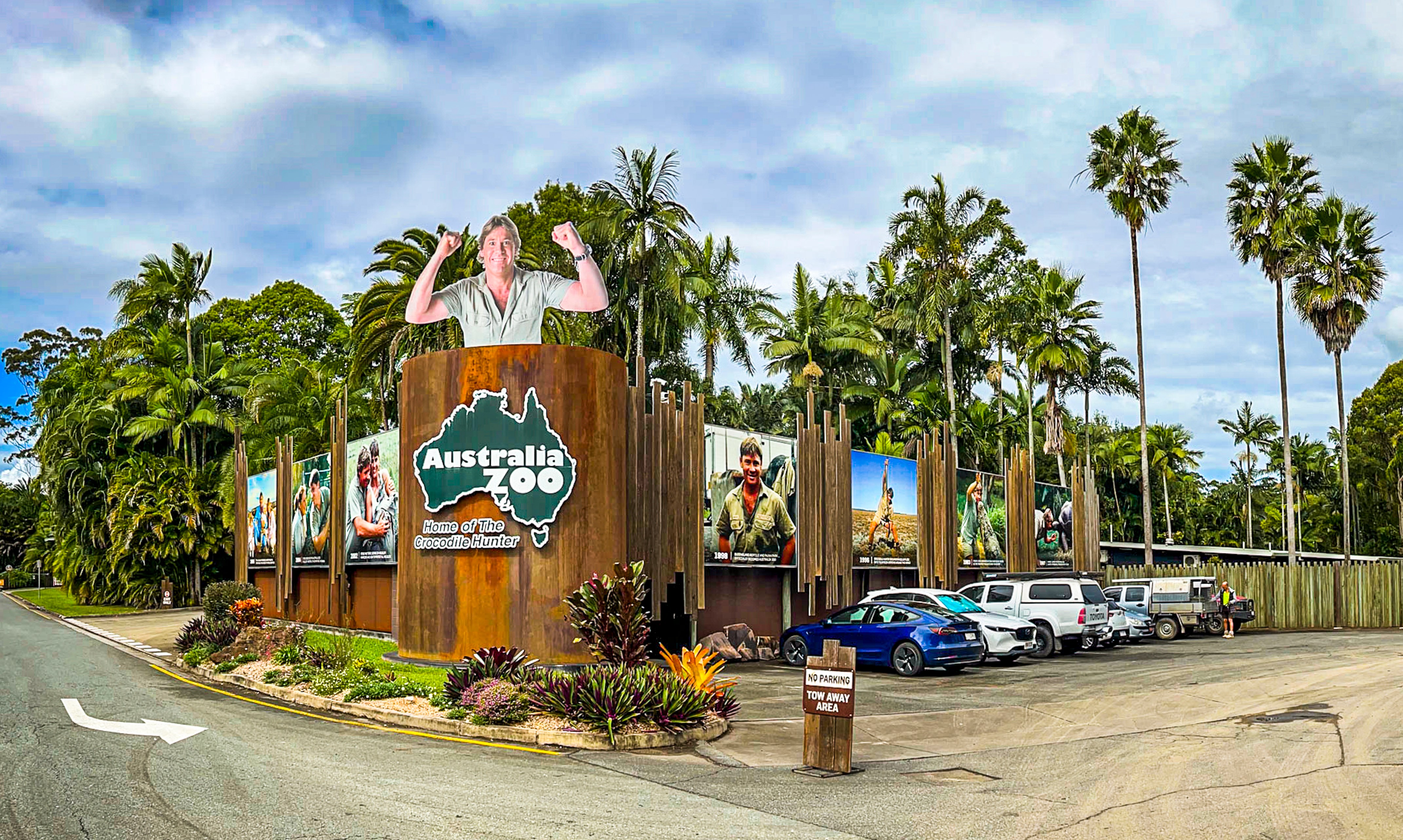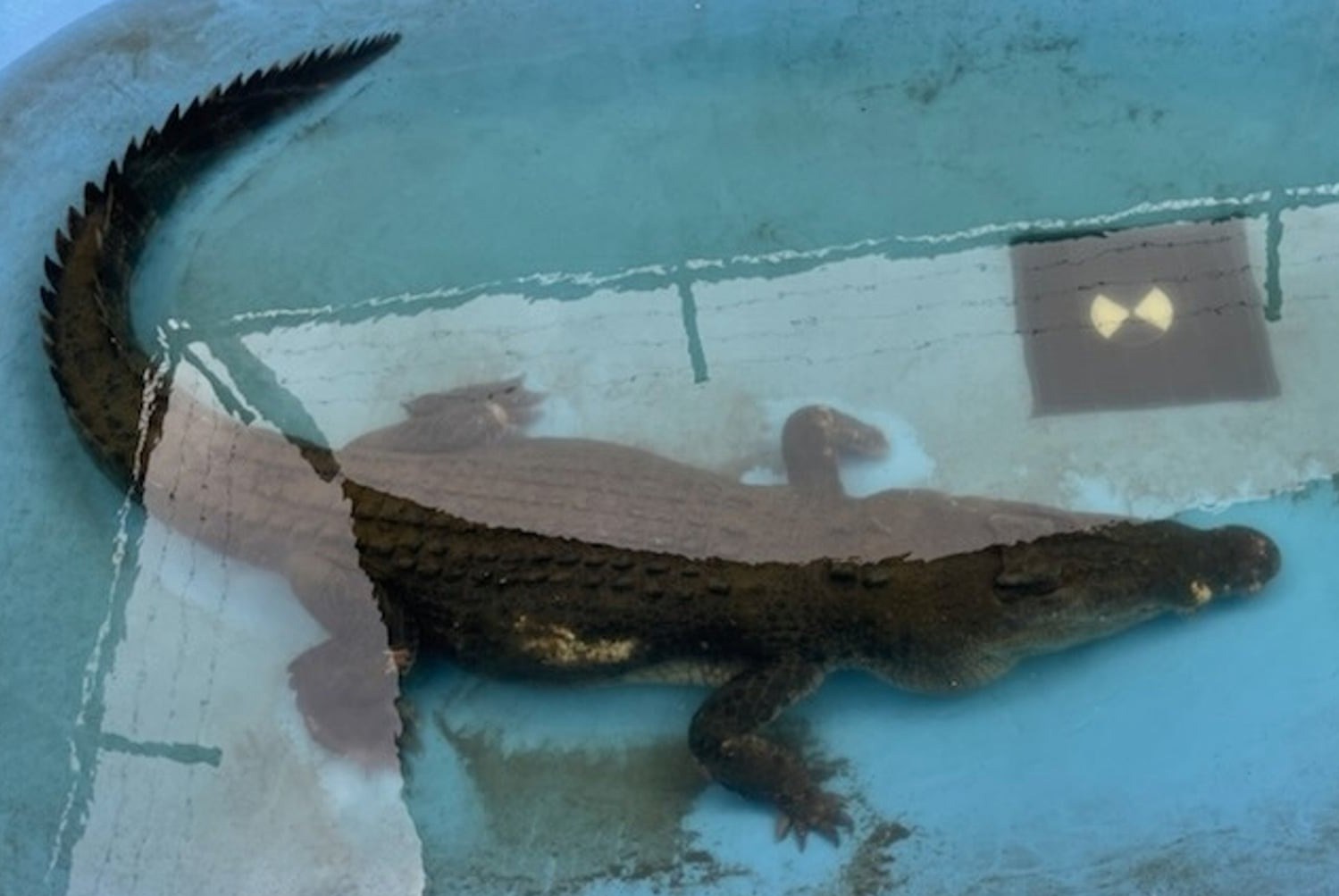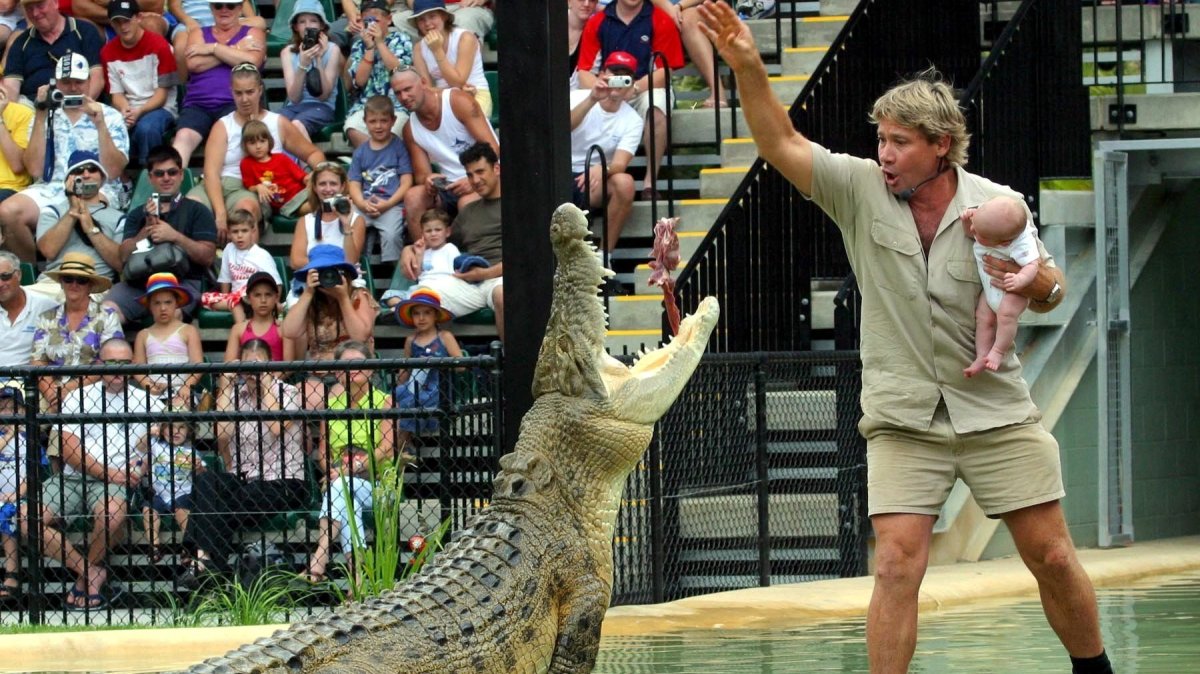A huge crocodile that helped propel Steve Irwin to international fame in the 1990s has been transported 1,200 miles to the late conservationist’s family zoo, infuriating northern Australia’s Aborigines.
Irwin, who died in 2006 after being attacked by stingray, captured and released the crocodile, known as Old Faithful, in his show Crocodile Hunter in the mid-1990s.

In that episode, Irwin “hazed” the crocodile by exposing him to boats, lights and other human activity before returning him to distant wilderness to instil in the reptile a fear of people that would cause it to avoid anglers. The experiment appeared to have been successful for almost 20 years.
The Irwin family’s Australia Zoo, located 50 miles north of Brisbane announced on Instagram this weekend that Old Faithful, believed to be about 80 years old, was back in captivity.

Australia Zoo is run by Irwin’s family and has about 700,000 visitors a year
RODGER SHAGAM/GETTY IMAGES
The crocodile’s removal from Rinyirru National Park has infuriated Aborigines who claim they were not consulted and have threatened to ban visiting recreational anglers from their lands in retaliation.
Alwyn Lyall, the chairman of Rinyirru (Lakefield) Aboriginal Corporation, told SBS World News: “Old Faithful is a totemic animal for the Kuku Warra Aboriginal people and some family members have very strong cultural connections to Old Faithful. A zoo is the wrong place for that animal.
“To remove him over the weekend without notice or notification to us traditional owners, or anything, it’s like a thief in the night sort of rubbish.” he said. “We never gave the authority for that to happen.”
Toby Millyard, one of the zookeepers, said the crocodile had recently been behaving in a way threatening to humans visiting the park, leading to his capture in September by Queensland government wildlife officers.

Old Faithful was “unreleaseable” because of his deteriorating behaviour, Australia Zoo claims
“We were hopeful that Old Faithful could have been released back into his habitat at Rinyirru National Park,” he said.
“Once we heard that he was unreleaseable we jumped in and offered to give him a home because we know that we can give him the best of the best for the rest of his life and to avoid him going to a crocodile farm.
“Old Faithful has a real soft spot in all of our hearts for us at Australia Zoo due to his involvement in Steve’s studies back in the 1990s.”
The Queensland government said it had consulted “relevant traditional owners” before the crocodile was removed from the wild.
Community Representation of Crocodiles (Croc), a conservation group based in Cairns, claimed the state government had acted in an underhanded way.
“Over the weekend, the department quietly transferred Old Faithful from the Cairns holding facility to Australia Zoo,” the group said in a Facebook post.

Old Faithful at a government facility in Cairns
DETSI
They said more than 450 letters had been sent to Andrew Powell, the Queensland environment minister, about Old Faithful’s situation.
Amanda French, Croc’s co-founder, said that Old Faithful would provide “a great commercial opportunity” for the zoo.
“It’s incredibly sad that a crocodile that survived decades in the wild — swimming enormous distances, feeding on whatever he wants, mating with whomever he wants — is now sentenced to a lifetime in [captivity] … for tourists’ [amusement],” French said.
The Environmental Defenders Office demanded “urgent” clarification as to why Old Faithful was removed.
In a letter addressed to the government, it said: “A decision to remove him may be a breach of the Human Rights Act if his removal is not reasonable.”
